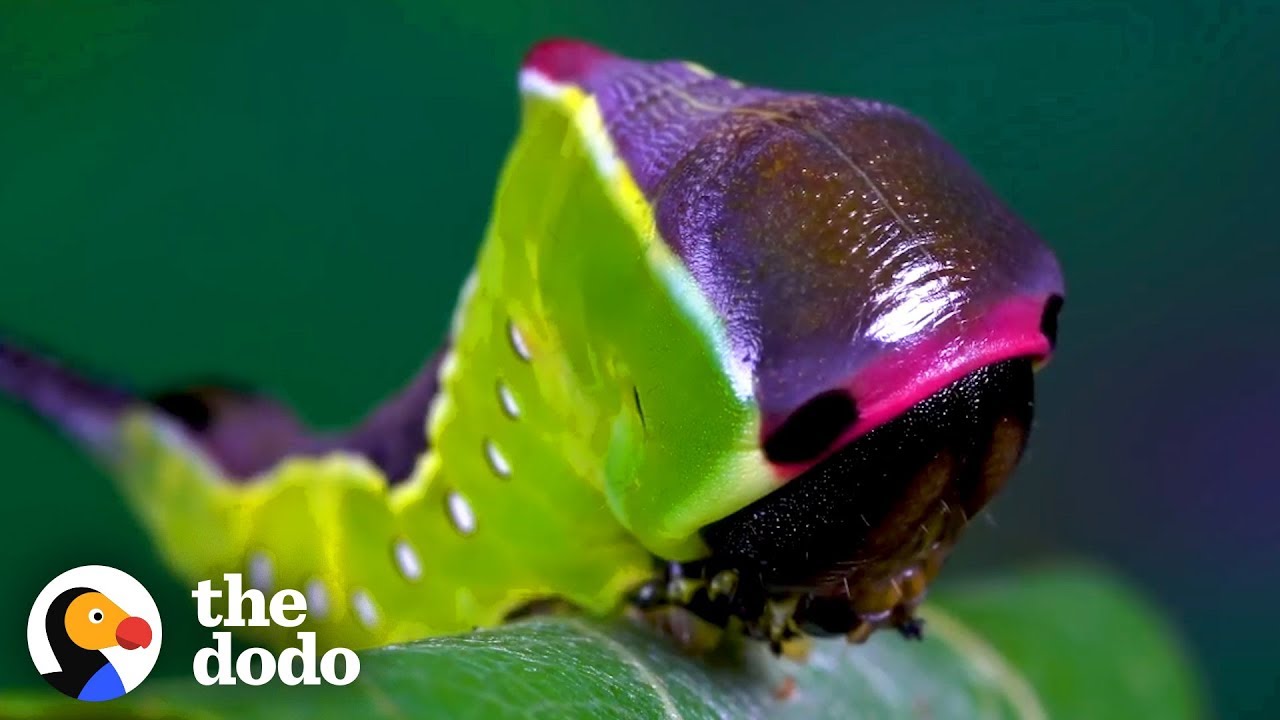Watch This Caterpillar Turn Into A Puss Moth

Caterpillar Turns into Moth
Watch how this tiny little caterpillar transforms into a giant Puss Moth.
What can we learn from observing the transformation of a caterpillar into a puss moth?
Watching a caterpillar transform into a moth is a fascinating and awe-inspiring phenomenon. The process of metamorphosis, where a caterpillar undergoes a complete transformation into a moth, is one of the most remarkable displays of nature. The puss moth, also known as the flannel moth, is a stunning example of this transformation. In this article, we will take a closer look at how a caterpillar turns into a puss moth.
The Puss Moth/Caterpillar
The puss moth is a species of moth that belongs to the family of Megalopygidae. These moths have dense, fluffy hair on their bodies and wings, giving them a furry appearance. Puss moths can be found throughout North and South America, from the southern United States to Brazil.
The caterpillar that eventually transforms into a puss moth spends most of its life cycle eating leaves of trees and shrubs. These caterpillars are often green in color, but can also be brown, black or yellow. They have long hairs that protect them from predators.
The Transformation
The transformation from a caterpillar to a puss moth is a complex process that takes place in several stages. The first stage is the larval stage, where the caterpillar eats and grows rapidly. During this stage, the caterpillar moults, shedding its skin several times to accommodate its growing body.
The next stage is the pupal stage, where the caterpillar spins a cocoon around itself. Inside the cocoon, the caterpillar undergoes a significant transformation. It dissolves its entire body, forming a pupa – a mass of cells that will eventually become the moth.
After several weeks, the pupa transforms into a puss moth. It begins to push its way out of the cocoon, using small spines located on its abdomen. As it emerges from the cocoon, the wings of the moth are still crumpled and wet, but they quickly expand and dry, allowing the moth to fly.
The Adult Moth
The puss moth is a beautiful moth, with wings that form an upside-down V-shape when at rest. Its wingspan can reach up to 5 cm. The brown and white wings are covered in hair, giving the moth its characteristic furry appearance.
Adult puss moths do not eat or drink, as they have only a few days to mate and lay eggs. The female lays her eggs on the leaves of trees and shrubs, which will hatch into caterpillars, starting the life cycle once again.
Conclusion
The transformation from a caterpillar to a puss moth is a remarkable process that is both intriguing and fascinating to watch. The evolution from a slow-moving caterpillar to a fully functional moth able to soar in the skies of our world is indeed a phenomenon that deserves our attention and appreciation. From its life cycle to its physical appearance, the puss moth serves as an excellent example of the beauty and complexity of nature.









Cash Slaves: Inside the Dystopian Fetish of Financial Domination
Shipping Container House – 3 bedrooms – Two 40 ft.
A Stunning Small Home Made From Hemp
Making $35,000 Bonsai Scissors
The Blind Assassin of the Desert